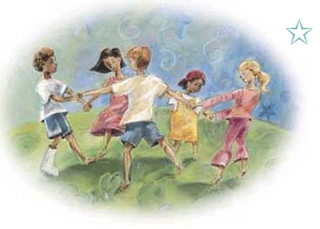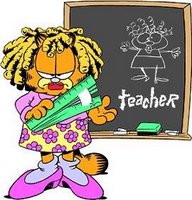
My checklist to assess students has got the following items...
1. Social skills
Intellectual
Shows interest and enthusiasm
Seeks accuracy
Checks for understanding
Organised
Cooperative attitude
Positive about group work
Willing to help other
Contributes with ideas
Helps classmates
2. Work habits
Completes work on time
Uses time in class wisely
Checks work
Welcomes challenge
Is persistent
Accepts responsibility
Strives for quality work
Asks for help appropriately
Participates in class
Follows class/school rules
3. Skills
Speaking
Good pronunciation
Uses classroom language
Builds sentences
Repeats examples
Listening
Deduces meaning by context
Follows T’s instructions
Understands oral messages
Reading
Understands words
Understands sentences
Follows written instructions
Writing
Copies words correctly
Writes words correctly
Produces sentences following examples
Produces texts
The assessment should be formative in order to create motivation. It has to be a positive incentive. Evaluate must be a recognition of progress.
The assessment should be contextualised, natural and on a daily basis. it's not necessary to prepare specific instruments to evaluate. Teacher can use routines or the usual procedures to evaluate.(NO TESTS)
Teacher chooses 3/4 students per class and concentrates himself in those students.
Besides this checklist made by the teacher, students should also do their self evaluation.









